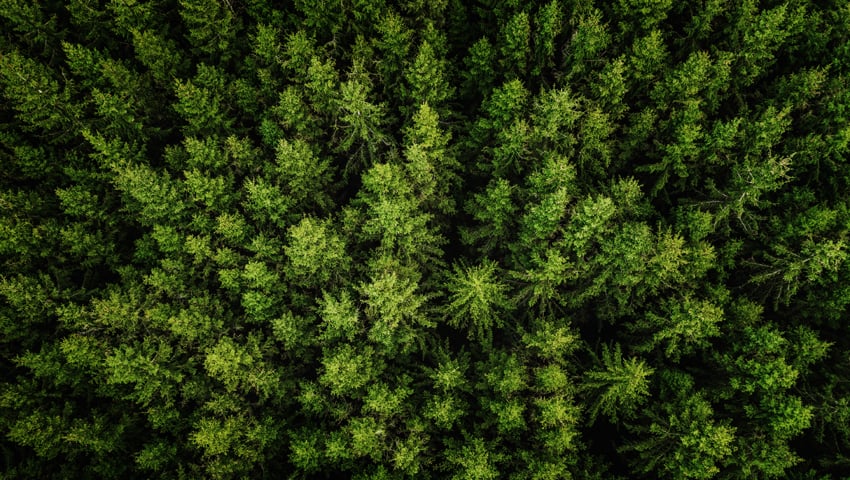Climate change has an effect on forests and trees. They suffer from heatwaves and periods of drought. But although we see tree mortality increase as a result, much is still unknown about the underlying mechanisms.
A new study on conifers shows that damage to the trees’ water transport system plays the largest role, but the length of their leaves’ lifespan, and stem growth recovery after previous droughts or heatwaves is also critical.
In the study, which was recently published in Science Advances, twenty species of conifers were compared. Lead author Prof. Frank Sterck of Wageningen University & Research, said, “We studied twenty conifer species from the Northern Hemisphere that were planted in a unique experiment, which started approximately 100 years ago at Schovenhorst, an estate in the Netherlands.
In 2018, we looked at characteristics of trees that show whether they are at risk of water transport failure during droughts, as well as their leaf lifespan and related leaf characteristics. In addition, we analysed tree rings from stem core samples to see stem growth responses to previous droughts (from 1970 to 2013). We came back to the estate in 2021 to estimate the mortality of trees following the hot and dry summers from 2018 to 2020.”
For the first time, such a large number of conifer tree species were compared for mortality and underlying mechanisms in response to drought and heat, and in an experiment where trees from the study species are exposed to the same soil and climate conditions.
According to co-author Dr. Yanjun Son, “Surprisingly, we found that mortality was not related to impaired water transport within the trees. Instead, we saw that species that were better able to survive heat and drought had shorter leaf lifespans (leaf legacy). The stronger species also showed better stem growth recovery from stem growth dips during previous droughts that had occurred between 1970 and 2018.”
Leaf legacy
Tree species differ in leaf lifespan, ranging from less than one year to more than 10 years. The study shows that conifers with relatively short leaf lifespans suffered less from dry and hot summers: these trees apparently stand a good chance of rapidly replacing damaged and dropped leaves with new healthy ones. For species with relatively long leaf lifespans, damaged or dropped leaves are replaced at a much slower pace, thus creating a legacy on tree vitality.
Leaves that are damaged by drought or heat, and have a longer lifespan, probably reduce the functional leaf area of their tree and cause crown dieback. While trees may still recover during moderately dry and hot summers despite such leaf legacies, they often did not recover anymore following the extreme dry and hot summers from 2018-2020. The persistent crown dieback probably depleted reserves (sugars) and increased bark beetle vulnerability, which in turn increases mortality risks.
Early warning signals for climate-resilient forests
Dr. Song said, “Practically, our study implies that monitoring leaf and crown damage and stem growth resilience to drought may act as an early warning system for mortality risks of trees or forests. Moreover, our results clearly show that planting conifer trees in areas that are (or will be) warmer or drier than their natural distribution area should be avoided, because these trees will suffer more from future increases in heatwaves and droughts. This can, for example, help forest managers and land owners to select tree species for climate-resilient forests.”
Including long-term legacies allow for better forest predictions
“These findings have important implications for the field of ecology,” Sterck explains. “Leaf and growth legacies may influence tree mortality risks to drought and heatwaves over years to decades, but are still understudied drivers. We call for studies on tree mortality that integrate the leaf and growth legacies with the role of the water transport system for different forest ecosystems worldwide. Such studies are required to show the importance of ecological memory at different time scales, and increase our understanding of tree and forest responses to climate change.”
